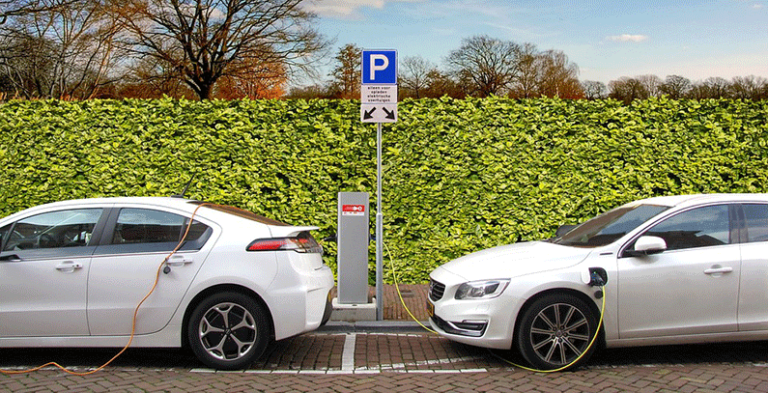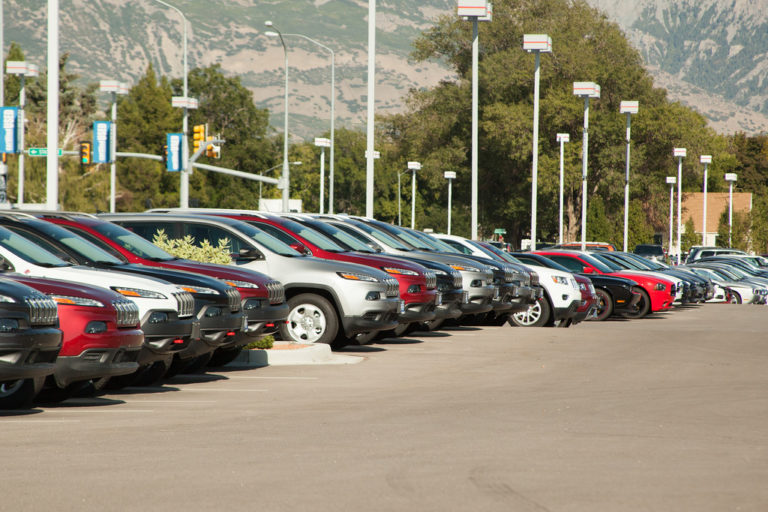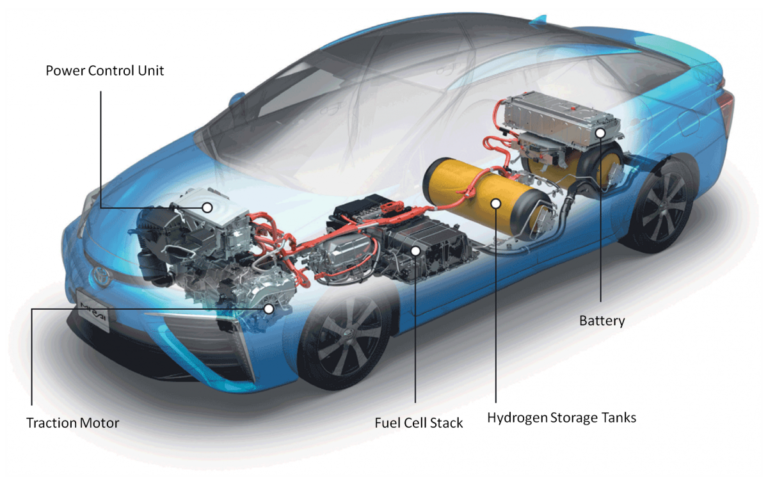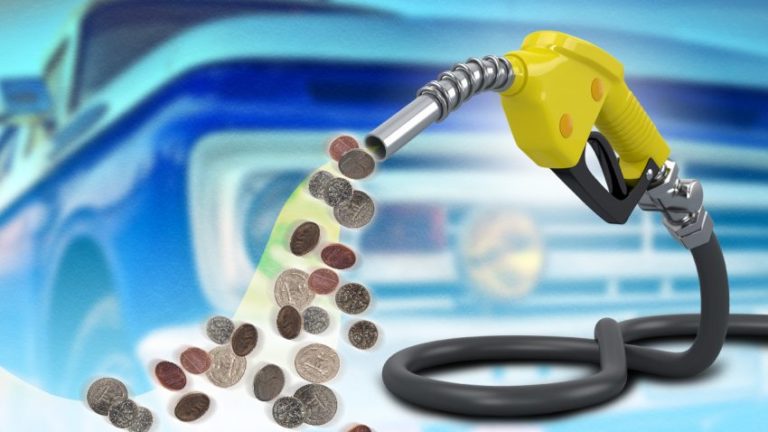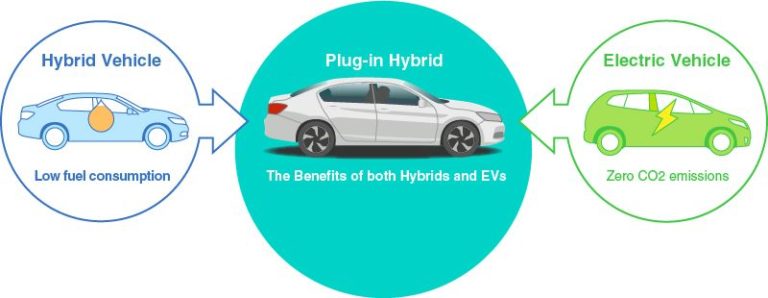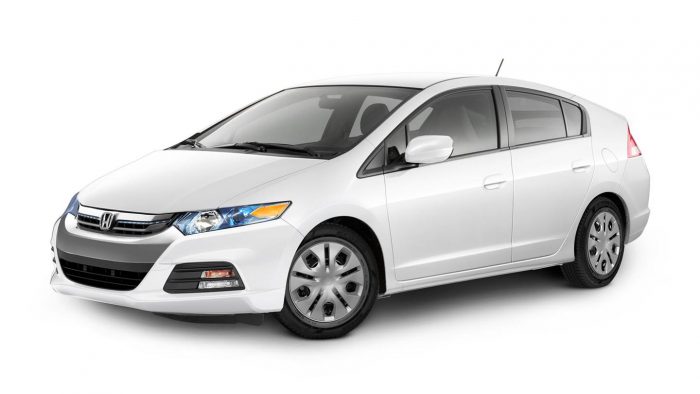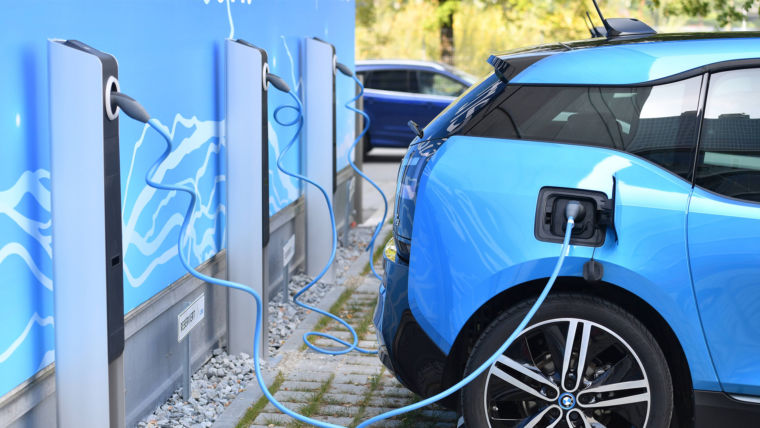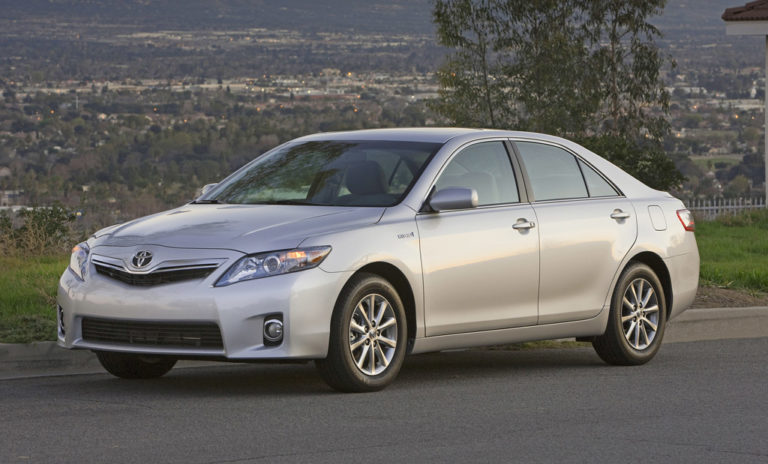All-electric cars are in the future, but how far in the future? Until recently, problems of price and practicality have stood in the way of introducing the no-emissions, no-noise vehicles to the mass consumer market. Better Place, a Tel Aviv-based company located off a traffic choked highway in what was once a gas storage facility, thinks it has the answers.
Sidney Goodman is the Automotive Alliance Manager at Better Place, working with what he calls “vision partners”– at last count, 130 companies that may have a stake in electric cars. They range from automobile manufacturers to corporations that lease fleets of cars for their workforces (a common employee benefit in Israel). Speaking to a group of reporters at his Tel Aviv office, Goodman tosses off information about excise tax rates in Denmark, road distances in California, the recylclability of lithium ion batteries, and taxi drivers in Tokyo. He describes Better Place’s goal: to work out the kinks so electric cars can become a global reality.
The stakes are high: According to Better Place, 20 percent of worldwide carbon emissions come from automobiles, and even counting the emissions involved in producing electricity (usually from coal), the carbon footprint of using electric cars is far less than anything on the market, including hybrids. (Goodman estimates that electric cars operate at an equivalent e-mileage of 95 m.p.g.) Not to mention that for an Israeli company, the idea of oil independence is especially appealing. According to Goodman, the goal is for Israel’s two million cars to be off of oil by 2020. The first consumer electric cars (all Renault Fluence ZEs) to be serviced with Better Place plans are hitting the Israeli roadways in 2011.
Changing and Charging Stations: Solving the Practical Problems of Electric Cars
Better Place’s solution to the practical problem of keeping electric cars charged revolves around a two pronged service program.
“Most people use their cars only about two hours a day,” Goodman explains. “The rest of the time, the cars are sitting, and while they are sitting, they can be charging.” The Better Place service plan entitles each car owner to two rechargers, one of which would normally be placed at his home, and one at work. It takes about six hours to fully recharge a battery.
In the case of a suburban homeowner with a private garage or driveway, an assigned spot in a condominium complex, or work-place provided parking, the logistics of placing recharging stations are fairly easy. In cities such as Tel Aviv or New York that have perennial parking shortages, situating enough rechargers in public lots will be a challenge; meeting the needs of people who park on the street may be even more difficult.
The second issue is the longevity of battery life: Electric cars can only run about 100 miles on a fully charged battery. So for longer trips – a weekend in the country, a vacation, a holiday visit to the in-laws who live three hours away – Better Place has envisioned a network of battery switching stations that would, like gas stations, allow motorists to refill on the road. However, instead of recharging (which takes six hours), the batteries would be simply changed. The process is fully automated, and the time involved is about the same as pumping a tank of gas. And, for those drivers who will (inevitably) ignore their cars “low battery” warning systems and try to get the last mile out of the last watt, the plan includes road service.
“We’ve even tested this concept with taxi drivers in Tokyo,” Goodman explains. “Unlike consumers’ cars, taxis are on the road virtually 24-7. There’s almost never a six-hours of down-time for recharging.” But a city-wide test using taxis in Tokyo confirmed that the process was no more arduous or time-consuming than filling up a gas tank. And the drivers appreciated the quiet, emissions free cabs.
Of course, regions like the rural west in the United States and the Australian outback, which have huge distances between population centers, have other problems: Making sure there are enough stations. Better Place is rolling out tests in the corridor between San Francisco and San Jose, California starting in 2012, with two battery switching stations and five taxis, and increasing to six stations and 60 cabs. The test will run through through 2017.
Purchase and Operating Costs of Electric Cars
Goodman explains that several other hurdles have to be overcome before electric cars can be successful in the mass market world of everyday consumer usage.
- Cost of cars: Cost is the first hurdle. The cars and their operating costs must be comparable with the current internal combustion competition. As with hybrids, some consumers may be willing to pay a premium to be eco-friendly, and some governments may give tax benefits and rebates. But for long term mass market success, the price must be competitive. In some countries such as Denmark, huge incentives are on the boards for consumers who buy electric cars. Goodman expects these incentives to lead to earlier consumer acceptance.
- Cost of operation: In countries with high tax rates on gas, electric vehicle quickly earn back their initial investment. The United States may be a more difficult market to crack because the U.S. has comparatively low gasoline taxes; with U.S. drivers paying less less than half of what drivers in other countries pay to fill up a tank. Better Place’s Service plan is mileage based – the more you drive, the more you pay, but according to Goodman, the cost of an e-mile is going to be less than that of a fuel mile.
A Better Place envisions making its system of battery charging and switching stations open-source technology, to avoid drivers having to cope with switching stations they can’t use owing to incompatible technologies. They envision that other service providers will spring up to compete with them, and that, unlike competing cell phone companies who don’t allow others to use their towers, the service providers will pay each other for services one provides for the other’s customers.
Visitors to Israel have a unique chance to test drive an electric car and see a demonstration of the recharging technology at work. Tourists to Israel generally get a good look at the past history of the region. But visitors to trendy Tel Ava can can visit Better Place’s headquarters on the north side of the city to get a glimpse of the future.

